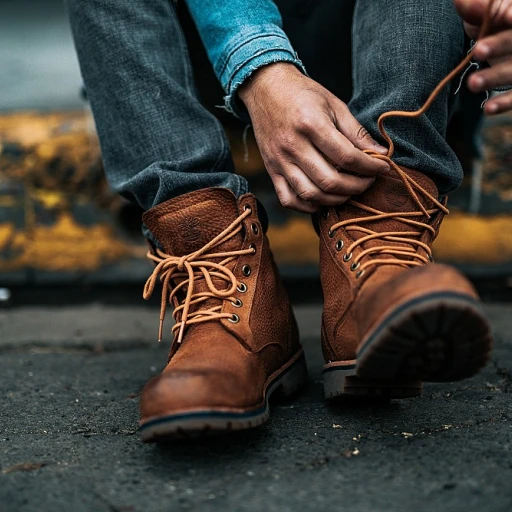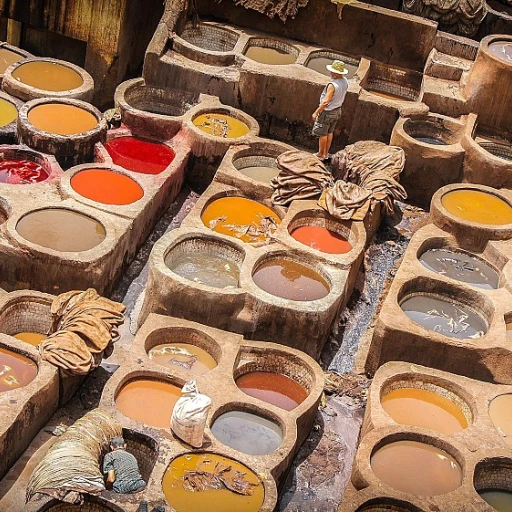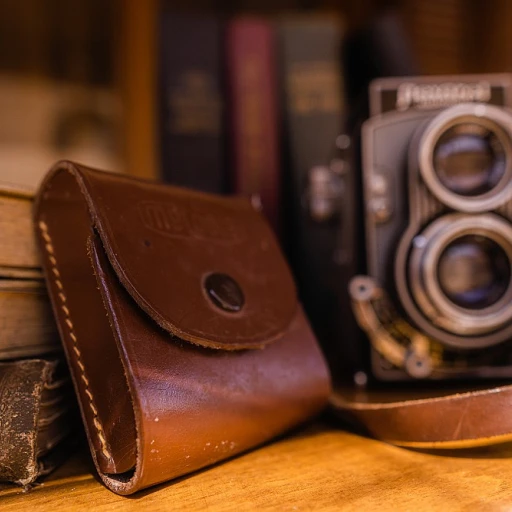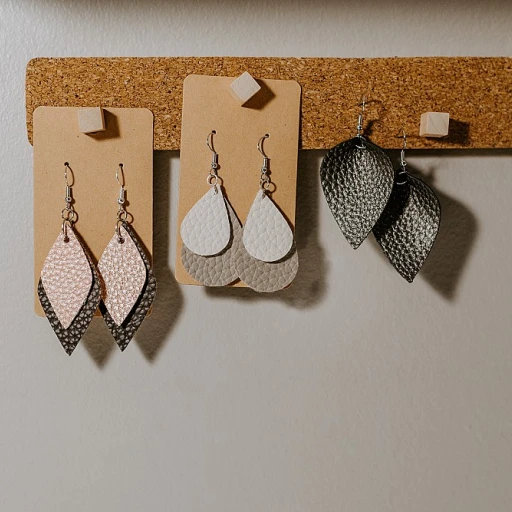Understanding the Importance of Precision in Luxury Leather Goods
The Critical Role of Precision in Crafting Luxury Leather Goods
Creating luxury leather goods demands an extraordinary level of precision. The beauty of these high-end products lies in their impeccable craftsmanship, where precise cuts and flawless finishes are paramount. Discerning customers expect nothing less than perfection, making precision an unwavering standard in the creation of such exquisite items. In the realm of leatherworking, precision is not merely a preference but a necessity. A misstep in cutting or trimming can drastically affect the final product’s aesthetics and functionality. Whether crafting a delicate unique luxury piece or a robust leather strap, each cut must be executed with absolute accuracy. Leather craftspeople, hence, rely on a range of specialized cutting tools to achieve this precision. A leather cutter, rotary cutter, or strap cutter, each tool serves its purpose in ensuring the leather is trimmed with exactitude. The choice of blade—be it a knife or other cutting tool—plays a crucial role, as different leathers demand different types of blades. Additionally, the selection of the finest leather trimming tools not only enhances precision but also influences the longevity and durability of the leather product. Keeping up with innovations in tool design and materials helps craftsmen maintain the highest quality standards. From hand-stitched bags to bespoke straps, every detail counts. Understanding the importance of precision in leather goods is essential for anyone invested in the art of leather craft. By paying attention to the full details of these intricate processes, leather artisans can deliver products that truly stand out, justifying their premium price over original price points and ensuring continued appreciation for their skills and craftsmanship.Essential Leather Trimming Tools for Craftsmanship
Precision Tools: Crafting Leather with Finesse
Creating luxury leather goods demands precision, and having the right tools is imperative for any craftsman striving to achieve excellence. These tools are not only vital for executing the perfect cut but also pave the way for superior results that define elegance in leather products. The correct selection of leather cutting tools can transform your crafts, both in terms of quality and aesthetics, for getting the best out of every piece of leather.
Among the staple tools in leather craftsmanship is the rotary cutter. Renowned for its agility, this tool allows for fluid and precise cuts, making it ideal for working with bulk leather strips or pieces. Pair it with a self-healing cutting mat to preserve the blade's edge longer and improve the life span of your tools. Investing in blades that maintain their sharpness over time can save both money and effort.
An essential tool that no leather artisan should overlook is the strap cutter. This tool allows for the even slicing of leather straps, which can be particularly beneficial for producing items like belts or shoulder straps for bags. As with other cutting tools, maintaining your strap cutter with regular blade replacements ensures that each cut is sharp and consistent.
Leather cutting knives are also a cornerstone of the craft. These come in various shapes and sizes, from utility knives to specialized leather knives. Sharpness is key to achieving clean cuts, so ensure you're using a blade suited for the specific type of leather you're working with, whether it's thick, thin, firm, or supple.
For those intricate designs or specific holes, a leather punch is indispensable. The variety in sizes allows you to create holes for lacing or attaching metal hardware, further enhancing the product's functionality and charm.
Lastly, no leather tool collection would be complete without a cutting board and a ruler for ensuring accuracy in measurements and cuts. All tools should be an investment towards longevity, selecting those that offer durability and high-quality construction.
Be sure to explore the elegance and utility of different leather tools to expand your crafting capabilities and finesse.
Selecting the Right Tools for Your Leather Type
Choosing Tools Best Suited for Your Leather
When it comes to leather crafting, the selection of the right tools can significantly influence the quality of your final product. Understanding the nuances of different leather types is crucial in this process. The elegance of magnetic closures in luxury pieces may catch the eye, but it's the precision in cutting that defines the superiority of the product.
- Leather Knife: Generally regarded as the star of cutting tools, the leather knife is essential for clean and precise cuts. It's versatile and can handle various leather types, making it a staple in any leather craft toolkit.
- Rotary Cutter: Excellent for cutting straight lines and long strips, the rotary cutter is particularly useful for making straps. Its rotating blade reduces the effort required, ensuring clean cuts every time.
- Punch Tools: These are vital for tasks that involve detailed work such as adding holes or cut-out designs. The right punch tool not only saves time but ensures precision in crafting.
- Strap Cutter: When it comes to creating consistent leather strips, a dedicated strap cutter is indispensable. This tool is designed to maintain the integrity of your leather while providing uniform strips for use in bags or straps.
Before making your purchase, consider the price range and the tools' suitability for your specific leather type. Whether you're working with a soft lambskin or a sturdy cowhide, having the right leather cutter can make all the difference. Additionally, many retailers offer set deals with free shipping, and it's always wise to view full product details to ensure you're comparing the original price and unit price for informed decisions.
Techniques for Using Trimming Tools Effectively
Mastering Techniques for Optimal Trimming
Precision in leather trimming is not just about having the right tools; it's about mastering the techniques that bring out the best in your craft. Whether you're using a rotary cutter or a traditional leather knife, understanding how to effectively wield these tools can make all the difference in your final product.
- Choose the Right Blade: The type of blade you use can significantly impact the quality of your cut. For thicker leathers, a sturdy blade is essential, while a finer blade might be ideal for delicate cuts.
- Maintain a Steady Hand: Consistency is key. A steady hand ensures that each cut is uniform, which is crucial for maintaining the luxury appeal of your leather goods.
- Use a Cutting Mat: Protect your work surface and ensure clean cuts by using a cutting mat. This not only preserves your tools but also enhances the precision of your cuts.
- Practice Proper Angles: The angle at which you hold your cutting tool can affect the edge of the leather. Experiment with different angles to find what works best for your specific leather type and thickness.
- Inspect Your Tools Regularly: Regularly check the condition of your blades and other tools. Dull blades can lead to uneven cuts, affecting the overall quality of your craftsmanship.
By honing these techniques, you not only enhance your skillset but also ensure that every leather piece you create is a testament to luxury and precision. Remember, the tools are only as good as the artisan who wields them.
Maintaining Your Leather Trimming Tools
Ensuring Longevity with Proper Tool Care
The durability and functionality of leather trimming tools are fundamental to achieving precise cuts, be it with a rotary cutter, knife, or punch. Just as with any high-quality leather product, maintaining your tools properly is crucial to their performance and longevity. Here's how you can do it effectively:- Regular Cleaning: After each use, clean blades and cutting tools thoroughly to remove residual leather fibers and dust. This not only ensures their sharpness but also prevents dulling.
- Sharpening Blades: Whether it's a leather cutter or a strap cutter, keeping blades sharp is paramount. Regularly check for dullness and sharpen as needed. A sharp blade ensures clean, smooth cuts and extends the life of your tools.
- Storage Solutions: Store your tools in a dry, cool place to avoid any moisture damage. Consider organizing them in a dedicated tool leather kit to keep them protected and in original condition.
- Lubrication: Occasionally, apply a non-corrosive oil to metal parts. This will keep the tools operating smoothly and protect them from rust.
- Replacement Parts: Keep an eye on the condition of components, especially for tools that include multiple parts or a set, like interchangeable blades for rotary cutters or punch sets. Prompt replacement can save you from hassle and bigger expenses over time.
Innovations and Trends in Leather Trimming Tools
Innovative Cutting Tools: Shaping the Future of Luxury Leather Craft
In the dynamic world of leather trimming tools, innovative cutting edges are continually shaping the future of luxury leather goods. These cutting tools are essential in elevating the art of craftsmanship, and as the market evolves, so too do the technologies and techniques employed by leather artisans.
One of the most notable advancements in the industry is the introduction of rotary cutters. These precision tools have garnered attention for their ability to execute clean, intricate cuts that traditional blades may struggle to achieve. Equipped with circular blades, rotary cutters offer artisans a level of control and fluidity that enhances the finished product, regardless of the leather type.
Beyond rotary cutters, advancements in blade technology are also noteworthy. New types of cutting blades incorporate advanced materials and engineering that maintains sharpness longer while minimizing drag during cutting. This allows crafters to work with various leather textures and thicknesses without compromising the integrity of their craftsmanship.
For those who consider sustainability and efficiency crucial in production, the integration of precision laser cutters is a game-changer. These tools offer unparalleled accuracy in leather cutting, reducing waste and speeding up the production process. This level of precision is particularly advantageous for creating intricate patterns and maintaining consistency across multiple pieces.
As trends in the luxury market shift towards personalization, tools that accommodate bespoke creations are increasingly sought after. Adjustable strap cutters, for example, enable artisans to cater to specific design requirements with ease, promoting versatility and creativity in custom projects.
Cutting tools like leather punches and specialized cutters continue to evolve, with ergonomic designs improving user experience and reducing fatigue during extensive crafting sessions. This aligns perfectly with the growing demand for high-end, bespoke leather products, where every detail reflects the artistry and precision of its maker.
Staying ahead of these innovations is key for artisans looking to enhance their toolkit with cutting-edge products. While the initial investment might come with a higher price, the long-term benefits, including precision, efficiency, and the ability to offer unique, high-quality items, often justify the current price point.
In conclusion, by investing in pioneering tools and embracing new technologies, leather artisans can continue to push the boundaries of creativity and craftsmanship, ensuring that luxury leather goods remain timeless and appealing to their discerning clientele.

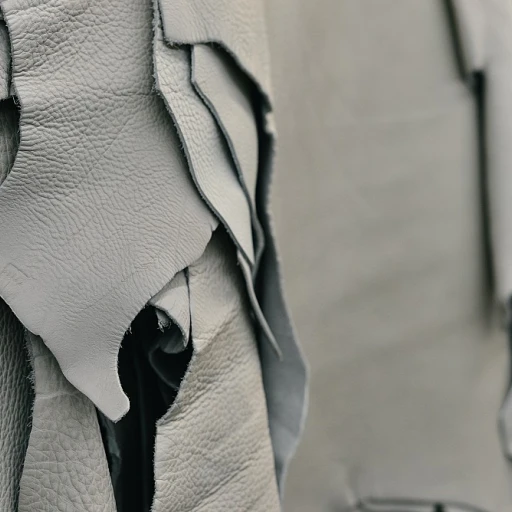
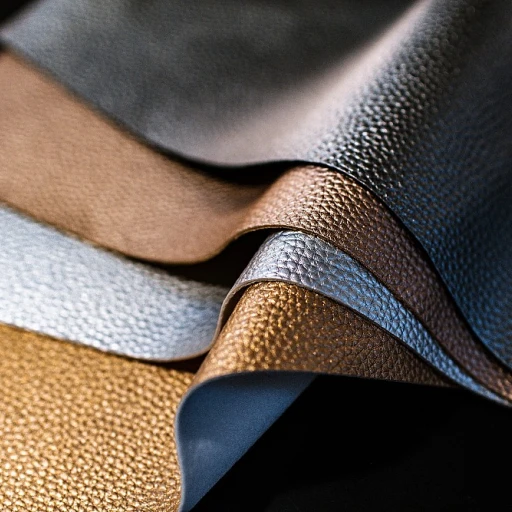


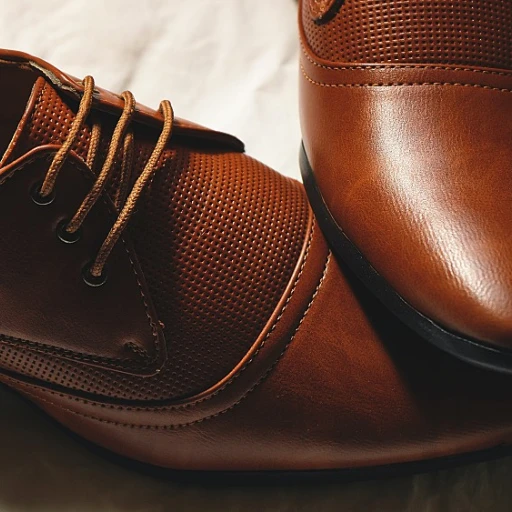
-large-teaser.webp)
